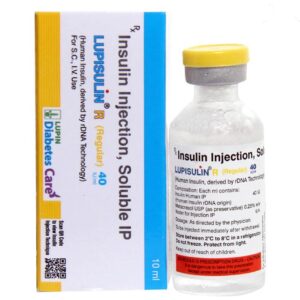ISOPRENALINE
ISOPRENALINE: Isoprenaline, also known as isoproterenol, is a medication that acts as a non-selective beta-adrenergic agonist. It is commonly used in the treatment of certain heart conditions and for bronchodilation during bronchospasm.
The mechanism of action of isoprenaline involves binding to and activating beta-adrenergic receptors in the body. By stimulating these receptors, isoprenaline causes a cascade of cellular events that result in increased heart rate, increased conduction velocity, vasodilation, and relaxed smooth muscles in the airways.
Isoprenaline is generally administered by injection, either intravenously or subcutaneously. The dosage depends on the individual patient’s condition and response to treatment and should be determined by a healthcare professional. The usual recommended dose for adults is 1-2 mg administered every 3-4 hours as needed. The dose for children is adjusted based on their weight.
As with any medication, isoprenaline may cause side effects. Common side effects include tremors, headache, dizziness, nausea, vomiting, sweating, and palpitations. These side effects are usually mild and transient. However, a rapid or large dose of isoprenaline can lead to more severe adverse reactions such as angina, arrhythmias, increased blood pressure, myocardial ischemia, and cardiac arrest. Careful monitoring is necessary when using isoprenaline, especially in patients with pre-existing heart conditions.
It is important to note that isoprenaline should only be used under medical supervision and as prescribed by a healthcare professional. Self-administration or misuse can lead to serious complications.

